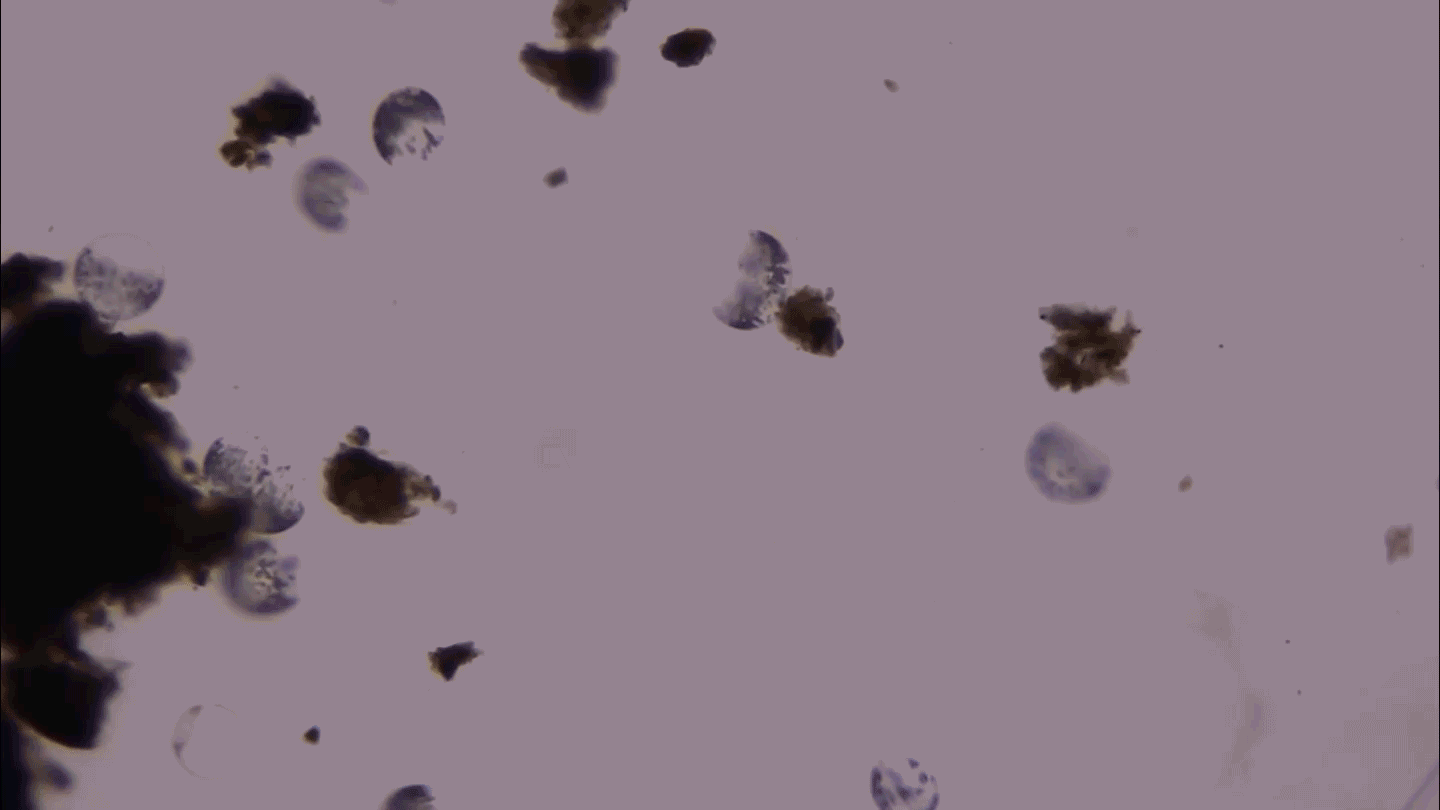- More than 2 years ago
Normal 0 false false false MicrosoftInternetExplorer4
Police know how to spot the guilty party: He’s the one trying not to stand out. Now scientists are applying the same principle to finding genes responsible for cancer.
Typically, researchers assume that underactive or overactive genes in diseased cells must be the ones causing an illness. In the new approach, cancer researchers looked instead for genes displaying particularly constant activity levels over time — that is, relatively constant conversion of the gene into templates for making proteins.
If a cancer cell depends on a gene, the thinking goes, the cell will expend energy to keep the activity of that gene tightly constrained to the value that’s best for the cancerous condition. So looking for genes that are more “mild mannered” in cancer cells than in healthy ones could reveal which genes the cancerous cell cares about the most.
“What’s really novel is that they’re saying these things that are absolutely crucial are kept at a constant level,” comments Erica Golemis, an oncologist at FoxChaseCancerCenter in Philadelphia.
Using the new approach, Patrick Tan of the National Cancer Centre, Singapore and his colleagues identified 48 genes with expressions that vary less in cancerous cells than in healthy cells. To confirm whether such genes are important in cancer, the scientists reduced the expression of five of the genes — p53CSV, MAP3K11, MTCH2, CPSF6 and SKIP — in cancer cells grown in lab dishes. As a result, the cells became less able to spread to new tissues in a standard lab test for metastasis, the team reports online July 18 in PLoS Genetics.
“It opens up some new avenues to study metastasis,” comments Chi Dang, a molecular oncologist at Johns Hopkins University School of Medicine in Baltimore. However, Dang adds, “It needs to be relooked at by another group because it is a different perspective.”
Tan’s team also looked back at data from 11 previous studies of gene expression in cancer tissues. These studies included about 1,300 tissue samples from various cancer types, including lung, thyroid, liver, colon and breast cancer. The researchers found that activity levels of the 48 genes were often tightly regulated in the cancer cell samples.
“They’ve done a huge number of controls, and it’s a massive amount of data,” Golemis says. “I think their quality control is quite good.” Golemis says that she would like to see whether activity levels for the proteins made by these 48 genes are also unusually steady in cancer cells. The researchers are currently working on protein activity studies.
Looking for steady-state genes could also reveal important genes for other diseases, Golemis suggests. “I think it’s promising.”







